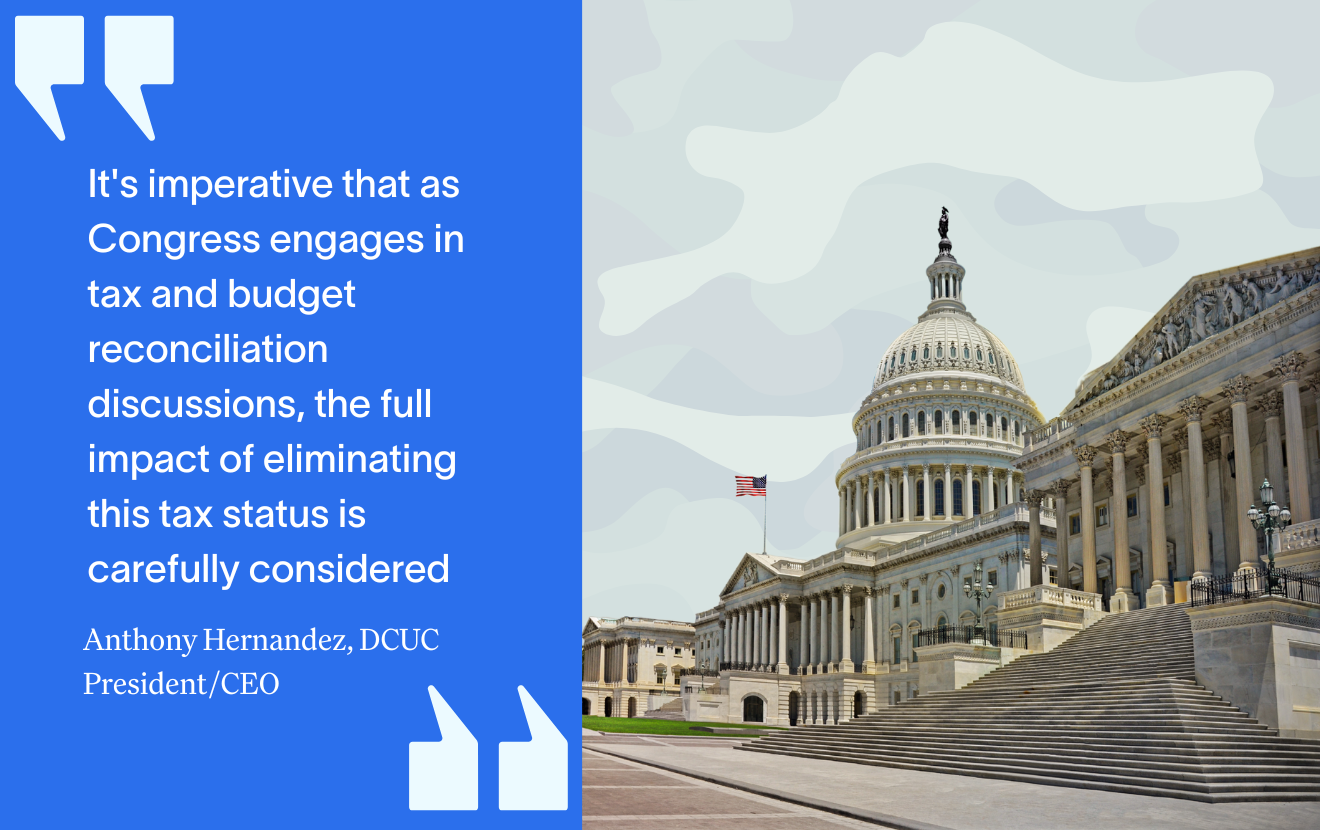Perhaps the rollover issue getting the most attention has been the IRS’s declaration in Announcement 2014-15 that it will change its stance and limit taxpayers to one IRA rollover per 12 months, regardless of how many IRAs an individual has. Some have suggested that the agency itself “rolled over” by abandoning a position it held for over 40 years, which had allowed one rollover per IRA per 12 months. But it is pretty hard for the IRS to ignore a U.S. Tax Court decision (Bobrow v. Commissioner), which prompted the reversal.
Under Treasury Regulations, a plan administrator will jeopardize the qualified status of a plan with respect to a rollover unless two conditions are met. The administrator must “reasonably conclude that the rollover contribution is valid,” and if it later proves otherwise, “distribute the ineligible rollover contribution, with earnings, within a reasonable time of discovering the error.”





